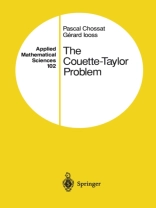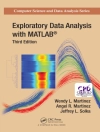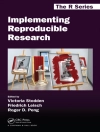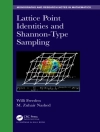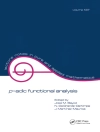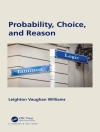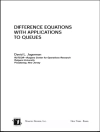1. 1 A paradigm About one hundred years ago, Maurice Couette, a French physicist, de- signed an apparatus consisting of two coaxial cylinders, the space between the cylinders being filled with a viscous fluid and the outer cylinder being rotated at angular velocity O2. The purpose of this experiment was, follow- ing an idea of the Austrian physicist Max Margules, to deduce the viscosity of the fluid from measurements of the torque exerted by the fluid on the inner cylinder (the fluid is assumed to adhere to the walls of the cylinders). At least when O is not too large, the fluid flow is nearly laminar and 2 the method of Couette is valuable because the torque is then proportional to 110 , where II is the kinematic viscosity of the fluid. If, however, O is 2 2 increased to a very large value, the flow becomes eventually turbulent. A few years later, Arnulph Mallock designed a similar apparatus but allowed the inner cylinder to rotate with angular velocity 01, while O2 = o. The surprise was that the laminar flow, now known as the Couette flow, was not observable when 0 exceeded a certain "low" critical value Ole, even 1 though, as we shall see in Chapter II, it is a solution of the model equations for any values of 0 and O .
Pascal Chossat & Gerard Iooss
Couette-Taylor Problem [PDF ebook]
Couette-Taylor Problem [PDF ebook]
قم بشراء هذا الكتاب الإلكتروني واحصل على كتاب آخر مجانًا!
لغة الإنجليزية ● شكل PDF ● ISBN 9781461243007 ● الناشر Springer New York ● نشرت 2012 ● للتحميل 3 مرات ● دقة EUR ● هوية شخصية 4670271 ● حماية النسخ Adobe DRM
يتطلب قارئ الكتاب الاليكتروني قادرة DRM
